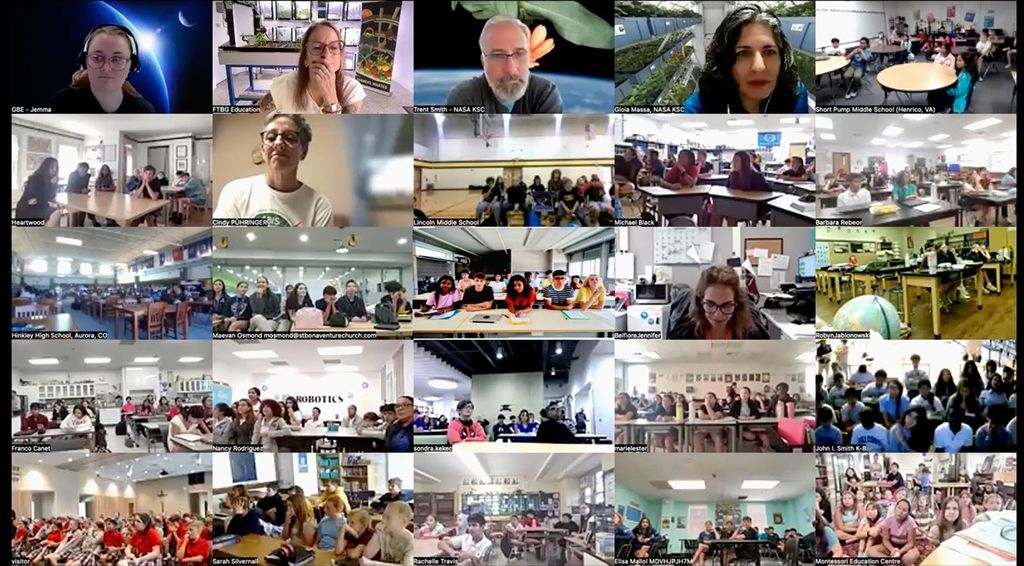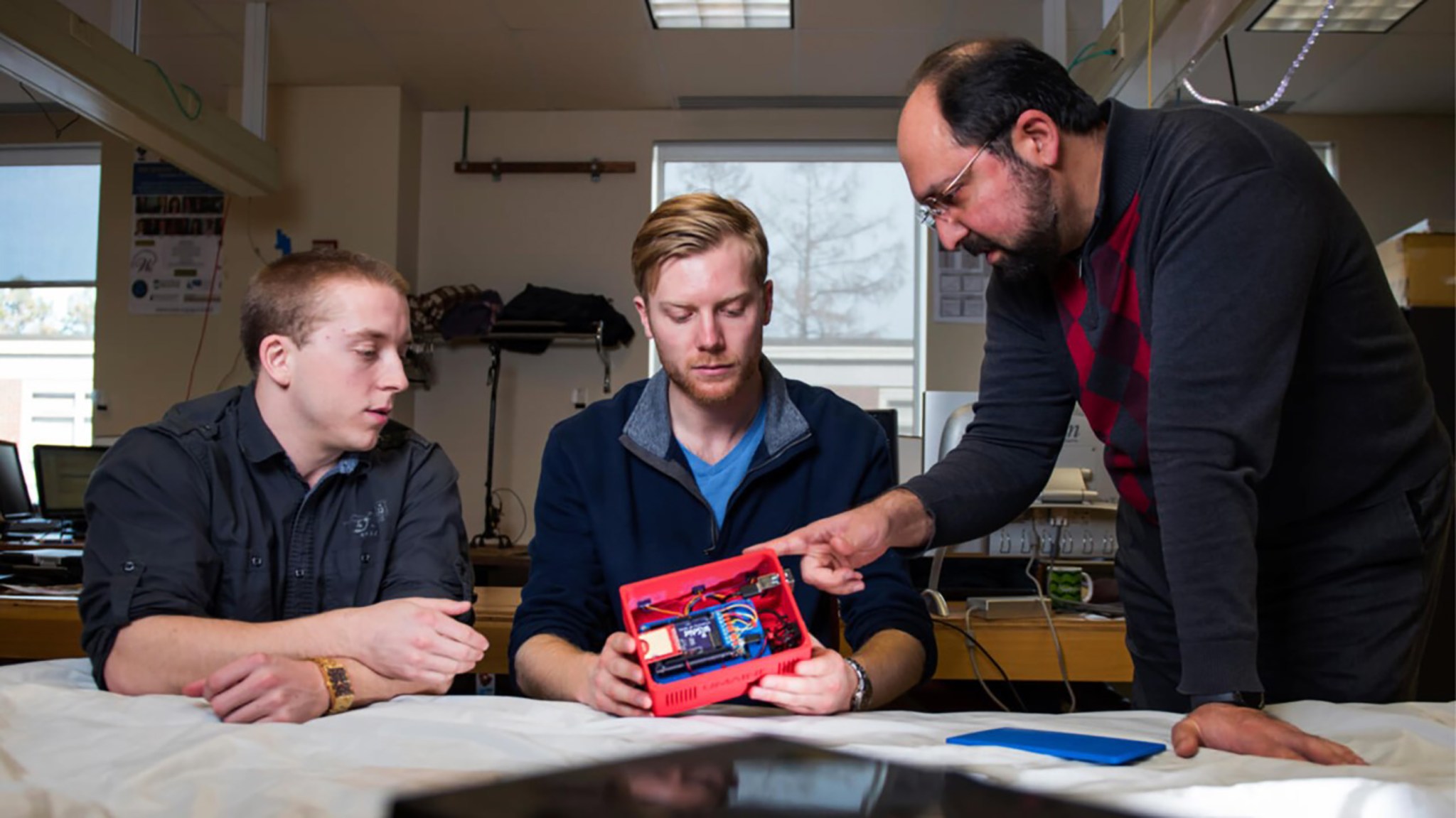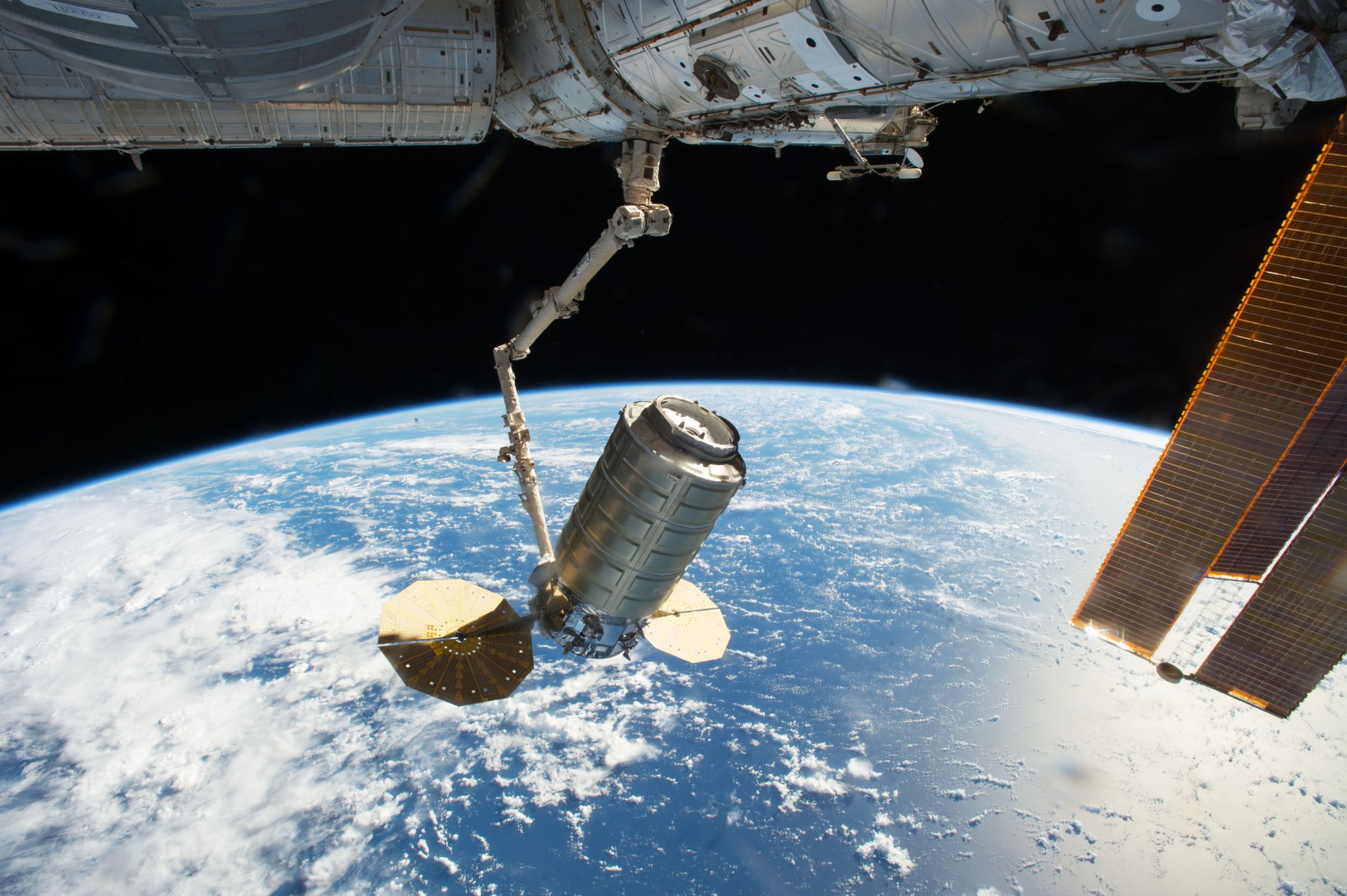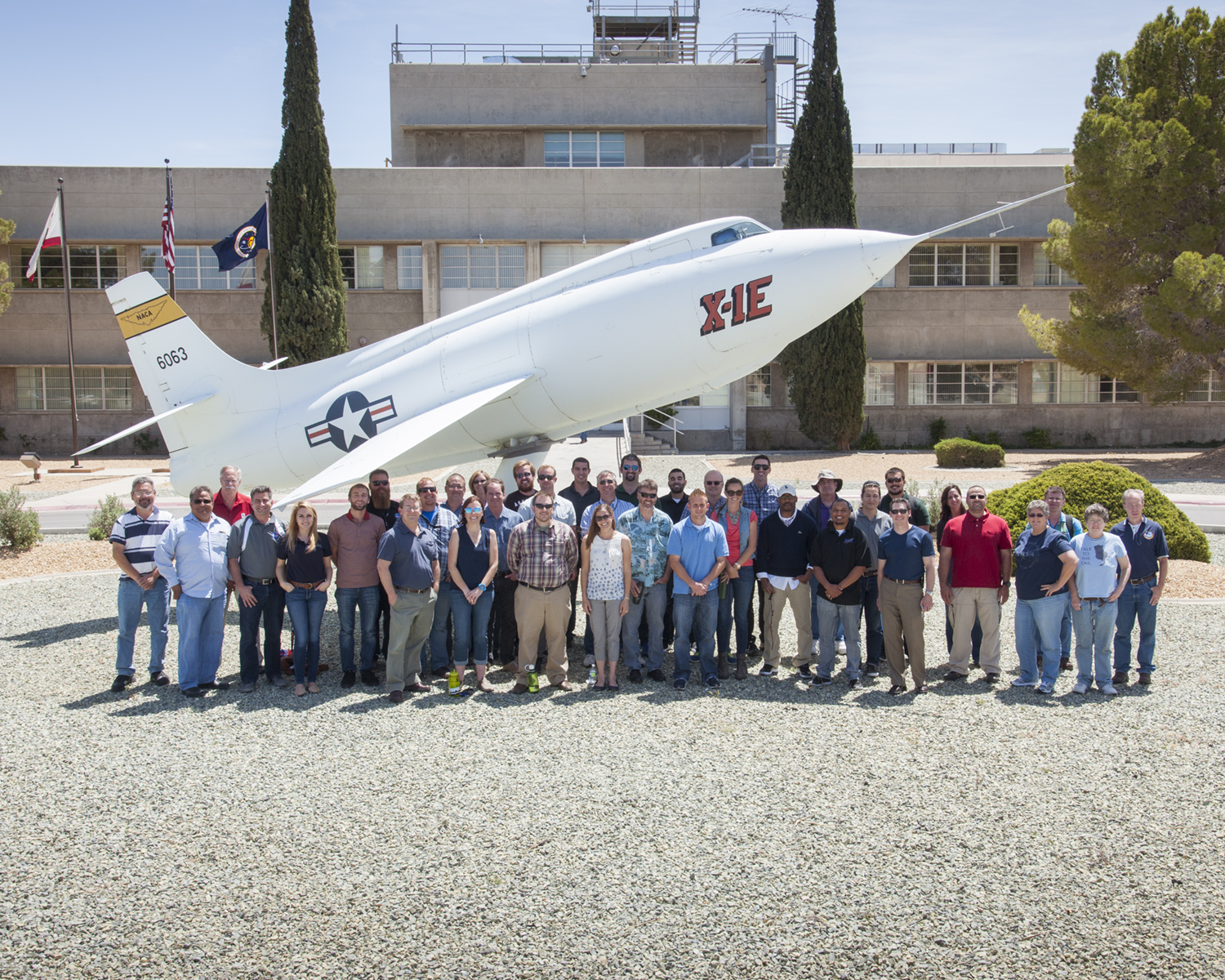By Bob Granath
NASA’s Kennedy Space Center, Florida
A leak detector soon to be tested aboard the International Space Station was designed by university scientists and could play a crucial role in NASA’s Journey to Mars. The device was developed under the auspices of an agency program based at the Kennedy Space Center in Florida.
NASA’s Experimental Program to Stimulate Competitive Research, or EPSCoR, is a congressionally-directed effort managed for the agency at Kennedy. Several experiments developed at EPSCoR-funded universities are being built for flights to the space station, as well as experiments on deep space probes.
According to Donald James, associate administrator for NASA’s Office of Education, EPSCoR’s impact is long-term and far-reaching.
“By helping establish the state-of-art infrastructure needed to conduct the cutting-edge research it funds,” he said. “EPSCoR is improving the science and research capabilities at universities while also stimulating partnerships between government, higher education and industry.”
The extensive reach of the program goes across the United States and its territories.
“We have established partnerships with colleges in 28 states as well as Puerto Rico, the U.S. Virgin Islands and Guam,” said Jeppie Compton, NASA’s national project manager for EPSCoR. “We provide seed funding to educational research institutions to develop projects directed toward self-sustaining, nationally competitive capabilities in aerospace and aerospace-related research.”
EPSCoR’s project coordinator Crystal Bassett, who works for Wichita Tribal Enterprises, explained that there are three primary components for EPSCoR funding.
“Research Infrastructure Development awards of $125,000 per year are available for a three year base period of performance,” she said. “Research Awards are for up to $750,000 for three-years with proposals involving high-priority NASA basic research and technology development. The third is EPSCoR International Space Station Flight Opportunity Awards of up to $100,000 for a three-year performance period are also available.”
Compton and Bassett noted that there are currently about 130 projects in various stages of development and some have already been flown to the ISS. Compton’s office wall is covered with an extensive chart listing the status of these efforts.
The leak detector was developed at the University of Maine’s Orono campus and soon will be at work aboard the space station.
“The system prototype is to be launched to the ISS possibly in early 2017,” Bassett said.
A wireless leak detection system would make future missions safer for astronauts by quickly alerting crew members if there is a leak and pinpointing its location.
Co-science principal investigators are Dr. Ali Abedi, professor of electrical and computer engineering and Dr. Vince Caccese, professor of mechanical engineering. Both work at the University of Maine-Orono. According to a report by the two scientists, leaks causing air and heat loss are a major safety concern aboard any spacecraft.
“The prototype, developed at the Wireless Sensing Laboratory on Maine’s Orono campus, has six flight-ready wireless sensors that can quickly and accurately hone in on a leak,” the report said. “First, it detects the frequency generated by the air as it escapes into space, then triangulates its location with a series of algorithms.”
The leak detector was successfully tested during April 2016 at NASA’s Johnson Space Center in Houston by University of Maine electrical engineering graduate students Casey Clark and Lonnie Labonte. It is scheduled to launch with other ISS supplies on the SpaceX CRS-10 mission.
Another EPSCoR sensor already is at work aboard the space station. It is designed to detect radiation damage and materials fatigue and has the potential to produce electrical power for deep space missions.
Called the Detector for the Analysis of Solar Neutrons, or DANSON, it was developed at the University of Nebraska.
Solar neutrons are energetic subatomic particles emitted by the sun.
Science principal investigator Dr. Axel Enders, professor of physics and astronomy at the University of Nebraska at Lincoln, developed this experiment. His goal is to test neutron radiation-absorbing materials in space to determine the effects or damage to materials when these particles are absorbed.
The DANSON experiment was launched as part of the Orbital ATK CRS-5 mission to the station. A Cygnus spacecraft lifted off from NASA’s Wallops Flight Facility in Virginia atop an Antares rocket on Oct. 17, 2016.
Spacecraft traveling to deep space are too far from the sun for solar power to be effective. Such probes now are powered by thermo-nuclear reactors fueled by plutonium. This approach tends to be inefficient and requires extensive shielding to protect spacecraft systems.
Enders explained that scientists have investigated designs for new semiconducting materials that can be used to build a neutron voltaic device. This alternative would employ a neutron based photovoltaic device that has the potential to supply the energy needed to power deep space probes.
“Such a device could generate electricity similar to a solar cell, but from neutrons instead of photons, to power NASA’s future deep space probes,” he wrote in a recent report.
Bassett explained that other research will support efforts to explore an asteroid and NASA’s Journey to Mars.
“Scientists at the University of Delaware are studying spacesuit material that would self-heal if struck by a micrometeorite,” she said. “Researchers at the University of North Dakota are developing concepts for a Martian habitat.”
Compton pointed out that the types of studies going on at universities cover many areas of NASA research and planning for future missions.
“The research is aligned with NASA’s mission directorates,” he said. “To receive EPSCoR funding, we have to find that a project adds value and supports the mission directorate goals. The value now is showing up in technology transfer and spinoffs that not only benefit missions in space, but life here on Earth.”































